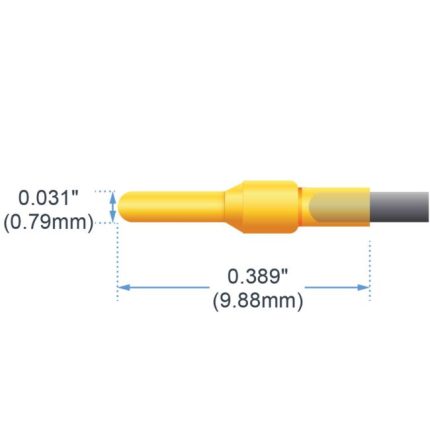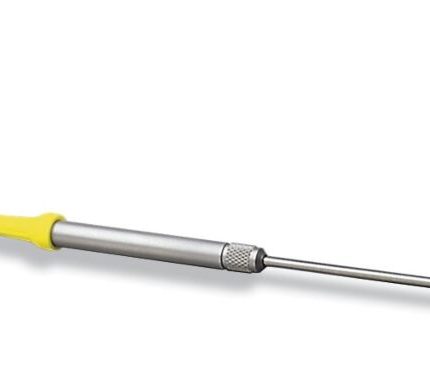Facemask with supply and exhaust ports for Anesthesia
Сatalog number:
EZ-FF9000
FIXED FLOW ANESTHESIA SYSTEM
Complete small animal anesthesia system and all the accessories
EZ Anesthesia is the system of choice for anesthetizing small animals, and it comes with a variety of choices. Animals to be anesthetized are placed in the acrylic induction chamber, and the system delivers a precisely blended mixture of oxygen and isoflurane. An activated charcoal air filter canister at the top of the chamber releases safe, filtered air back into the room. A water-heated cage warmer or warming plate (ATC2000) is used to retain the animal body temperature while in the induction chamber. After the initial anesthetizing, the animal may be moved to the heated surgical water bed and positioned properly in the snugly fitted nose cone. A highly sensitive valve regulated by the animal’s breathing works with the nose cone to ensure non-rebreathing efficiency. It allows safe anesthesia for up to several hours. The breathing device also includes an air filter that releases safe, filtered air back into the room.FOUR-CHANNEL FREE RADICAL ANALYZER
Сatalog number:
TBR4100-416
FOUR-CHANNEL FREE RADICAL ANALYZER WITH LAB-TRAX4/16
Fast, reliable, real-time detection – measure redox-reactive species
Real-time detection and measurement of a variety of redox-reactive species is fast and easy using the electrochemical (amperometric) detection principle employed in the TBR4100. This optically isolated four-channel free radical analyzer has ultra low noise and independently operated channels.Grip Strength Meter
Measure muscle hyperalgesia in rats and mice with the Grip Strength Meter, which gauges the forelimb grip force using a digital force transducer. Simply hold the animal by the tail and gently dangle it over the wire mesh plate until the animal grasps the plate with its forepaws. The force transducer, connected with the wire mesh plate, measures the strength of the animal at the time of the test. The battery-operated, electronic control device calculates the average of three measurements, and it holds the last maximum force in a “peak and hold” type readout until you reset it.
High Current Stimulus Isolator
The A385 is an optically isolated current source, which can generate up to 100 mA of unipolar or biphasic constant current pulses or DC. Pulse duration is controlled manually or by an external 5V command. Output current amplitude is determined by a 3-digit 10-turn potentiometer. Maximum output voltage between the stimulating electrodes is +36V.
Сatalog number:
EZ-161A
High Volume, Non-Gasket Chamber
Сatalog number:
II-39
Hot Plate Analgesia Meter
Latency testing in rodents
To use the Hot Plate Analgesia meters, simply place the animals on a black anodized, aluminum plate (11 x 10.5 x 0.75”, 275 x 263 x 15 mm) and set the plate’s surface temperature to the desired set point (up to 75˚C). The plate maintains a consistent temperature throughout the test
Сatalog number:
ISO-HPO-2













